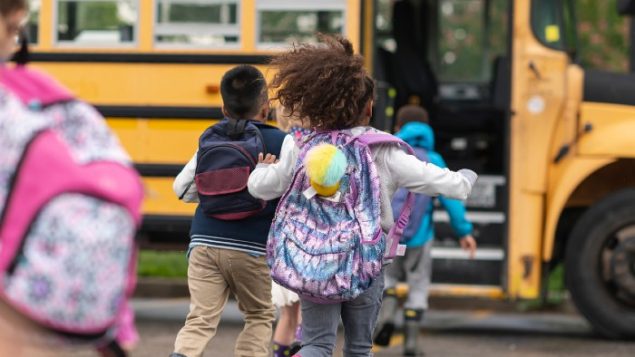Canada is considered a wealthy country but many people live in poverty and the Canadian government has vowed to do more to help them. The federal government has a Poverty Reduction Strategy and it has taken some concrete steps to reduce poverty.
In 2015, it introduced a direct monthly payment to help families with the cost of raising each child. It also increased a monthly payment which is given to the lowest income single seniors. The government says it has invested more than $20 million in housing to help more than one million families find an affordable home. It says these measures have helped lift more than one million Canadians out of poverty between 2015 and 2018 “but we know we have to do more,” acknowledged a statement issued October 17, 2020, the International Day for the Eradication of Poverty.

Racialized children in Canada have a higher risk of living in poverty. (iStock)
Immigrants have a higher poverty rate
In 2019, almost one in five children in Canada live in poverty, according to a report by Campaign 2000, a non-partisan network of organisations committed to ending poverty. The rate is higher for Indigenous children ranging from 22 per cent for mixed race or Metis children to 53 per cent of First Nations children living on reserves.
Among landed immigrants or permanent residents of Canada 35 per cent lived in poverty and racialized children had a poverty rate of 22 per cent.
Calls for national chidcare, pharmacare programs
Campaign 2000 says Canada must aim to reduce poverty by half. It calls for a national childcare program, a good jobs strategy and decent wages and it notes Canada is the only country in the world which has a public healthcare system which does not include prescription drugs. Some provinces have drug plans but they vary greatly and Campaign 2000 wants there to be a uniform national system. It also calls for the health care system be expanded to include dental, vision and rehabilitation services.
After the COVID-19 pandemic began, the Canadian government provided monthly payments to people who lost their jobs or had drastically reduced revenue. It says that close to nine million Canadians benefited. There was also a wage subsidy program for employers which is said to have protected over 3.7 million jobs. There were extra, one-time payments for seniors receiving government pensions, families and persons with disabilities. The government says it is committed to expanding these supports throughout the pandemic.
Anti-poverty groups will continue to lobby to get the government to take long term measures as well.







For reasons beyond our control, and for an undetermined period of time, our comment section is now closed. However, our social networks remain open to your contributions.